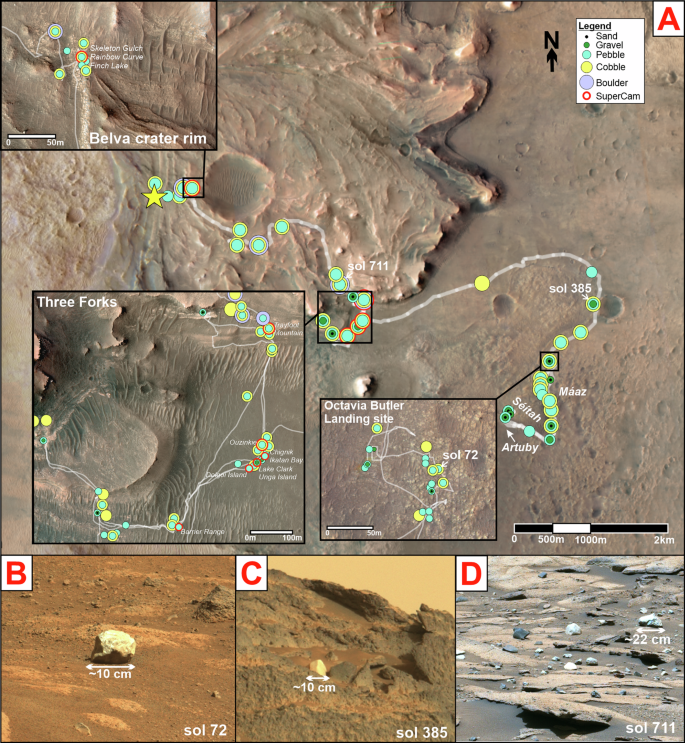2025-03-04 カリフォルニア大学サンタバーバラ校 (UCSB)
◆従来、これらの実験は大型の実験装置を用いて行われてきましたが、研究チームはこれらの機能を小型で耐久性のあるチップ上に再現することを目指しています。この進展により、重力測定、精密な時間計測、量子コンピューティングなどの分野で新たな可能性が開かれると期待されています。
<関連情報>
- https://news.ucsb.edu/2025/021786/cold-atoms-chip
- https://opg.optica.org/opticaq/fulltext.cfm?uri=opticaq-2-6-444
量子科学と応用のためのフォトニック集積3D光磁気トラップの実現 Enabling photonic integrated 3D magneto-optical traps for quantum sciences and applications
Daniel J. Blumenthal, Andrei Isichenko, and Nitesh Chauhan
Optica Quantum Published: December 6, 2024
DOI:https://doi.org/10.1364/OPTICAQ.532260
Abstract
Cold atoms play an important role in fundamental physics, precision timekeeping, quantum and gravitational sensing, precision metrology, and quantum computing. The three-dimensional magneto-optical trap (3D-MOT) is a fundamental tool used to create large populations of cold atoms and serves as an integral component for a wide range of quantum and atomic experiments. The 3D-MOT employs laboratory-scale laser systems to trap, cool, manipulate, and interrogate atoms and quantum states. Photonic integration has reached a point where it is possible to generate, control, and deliver light to atomic transitions and provides a path to integrated 3D-MOTs. We review progress and discuss potential paths toward integration of 3D-MOT lasers and optics with focus on the ultra-low loss silicon nitride photonic integration platform. We review 3D-MOT technology, building blocks and components, and discuss characteristics of the lasers, optics, and atomic physics package. We discuss how the silicon nitride platform can be used to perform MOT functions including cooling, trapping, and spectroscopy. An illustrative example of a rubidium photonic integrated MOT (PICMOT) is used to describe possible paths forward to integration. We also discuss how photonic integration can support lower temperatures and atom trapping and manipulation in integrated cold-atom platforms for quantum sensing and computing.



